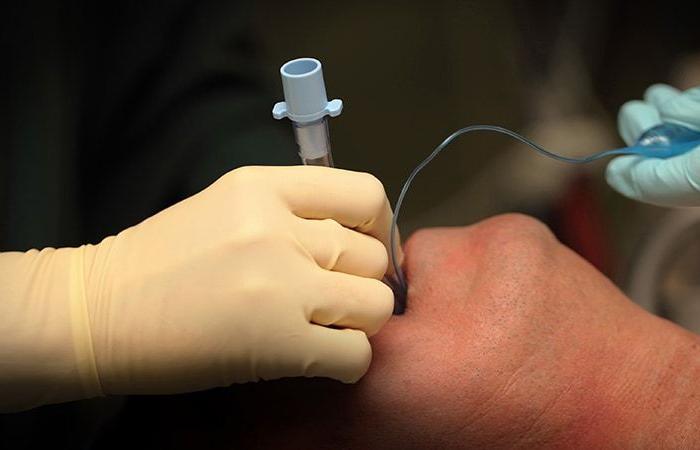Postoperative pharyngeal pain is one of the common complications after tracheal intubation under general anesthesia, with an incidence estimated at 46.5%. After intubation, symptoms such as dry mouth, pharyngeal pain, difficulty swallowing, cough and hoarseness may occur, as well as, exceptionally, tracheoesophageal fistulas, tracheal narrowing or lung infections.
Damage to the pharyngeal and tracheal mucosa during this invasive procedure, compression of the airway mucosa by the inflatable cuff of the probe, and irritation of the airways by dry gases and anesthetic drugs inhaled during ventilation mechanics may be responsible for these undesirable effects.
According to the National Center for Quality Control of Anesthesia Specialties (2023), unintentional perioperative hypothermia (IPH), a phenomenon in which the patient’s core body temperature falls below 36°C for non-medical reasons during the perioperative period, would have an incidence varying from 7% to 90% . Currently, although many studies have explored the factors influencing this pharyngitis in patients under general anesthesia, the link with hypothermia has not yet been fully examined.
40% postoperative pharyngitis
Data from 271 patients who underwent elective surgery under general anesthesia in a Chinese hospital in the first half of 2024 were collected one day before the procedure, including the presence of pharyngitis. Then, hypothermia data were collected by intraoperative and postoperative temperature monitoring.
After extubation, the occurrence of pharyngitis in these patients was assessed using a visual analog scale in the recovery room. Based on symptoms, patients were classified into two groups: group with or without pharyngeal pain (n=112 and n=159, respectively).
Among the 112 cases (41.33%) of postoperative pharyngitis observed, 37 patients did not present with perioperative hypothermia, while 75 (66.96%) patients with perioperative hypothermia developed postoperative pharyngitis. The incidence of postoperative pharyngitis in patients who suffered perioperative hypothermia was significantly higher than in those without perioperative hypothermia (P
Furthermore, preoperative anxiety was noted in 51 patients, of whom 28 developed postoperative pharyngitis, with an incidence of 54.90%. The risk of postoperative pharyngitis in patients with preoperative anxiety was 2.661 times higher than in those without preoperative anxiety (P
Hypothermia and anxiety
The association between postoperative pharyngitis and perioperative hypothermia could be based on several factors. Hypothermia, leading to decreased thrombin activity and reduced platelet release and aggregation, affects homeostasis and increases the risk of postoperative bleeding which can, in turn, cause pharyngitis. .
Hypothermia also results in decreased local immune function and, combined with damage to the tracheal mucosa, edema, and pharyngeal congestion during intubation, the pharyngeal region tends to be more susceptible to infection. Hypothermia slows the elimination of anesthetics, leading to later awakening, increasing the compression time of the tracheal tube.
The rapid rhythmic contraction of skeletal muscles in the throat pulls on the wound, which can exacerbate pharyngeal pain. These factors interact to influence the occurrence and severity of postoperative pharyngitis.
The researchers therefore recommend being vigilant in perioperative temperature management because only 26.3% of patients benefit from active warming of perioperative body temperature.






